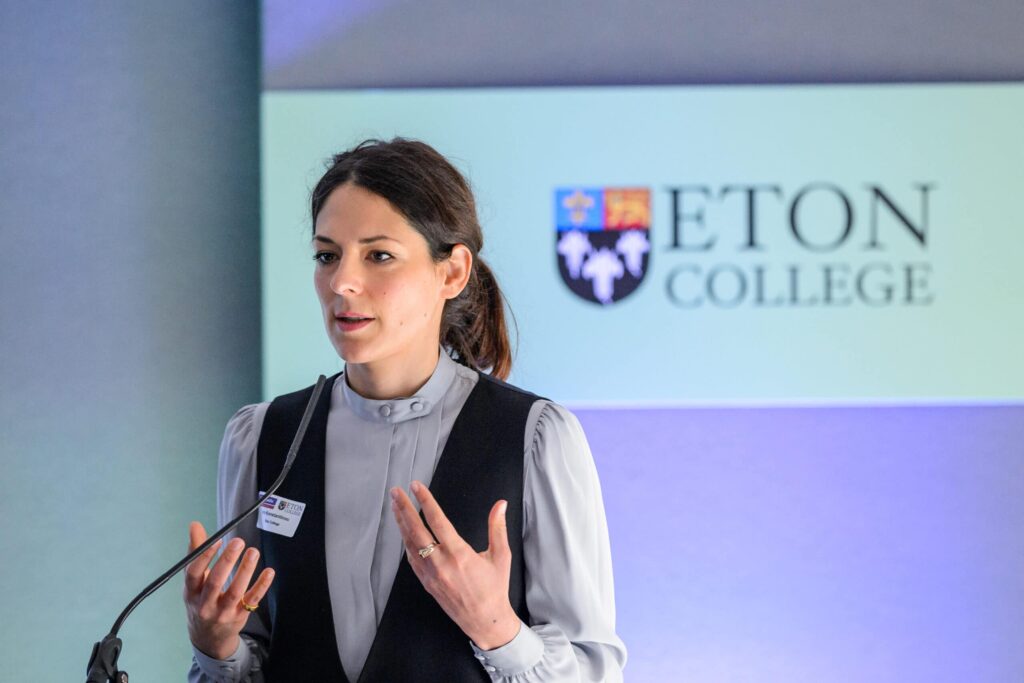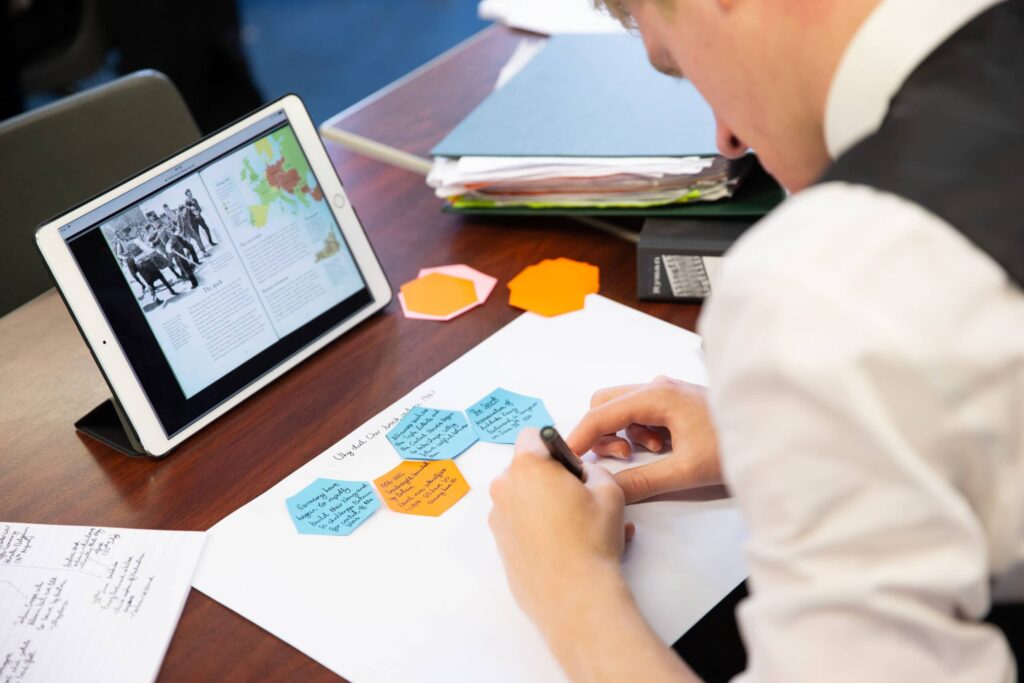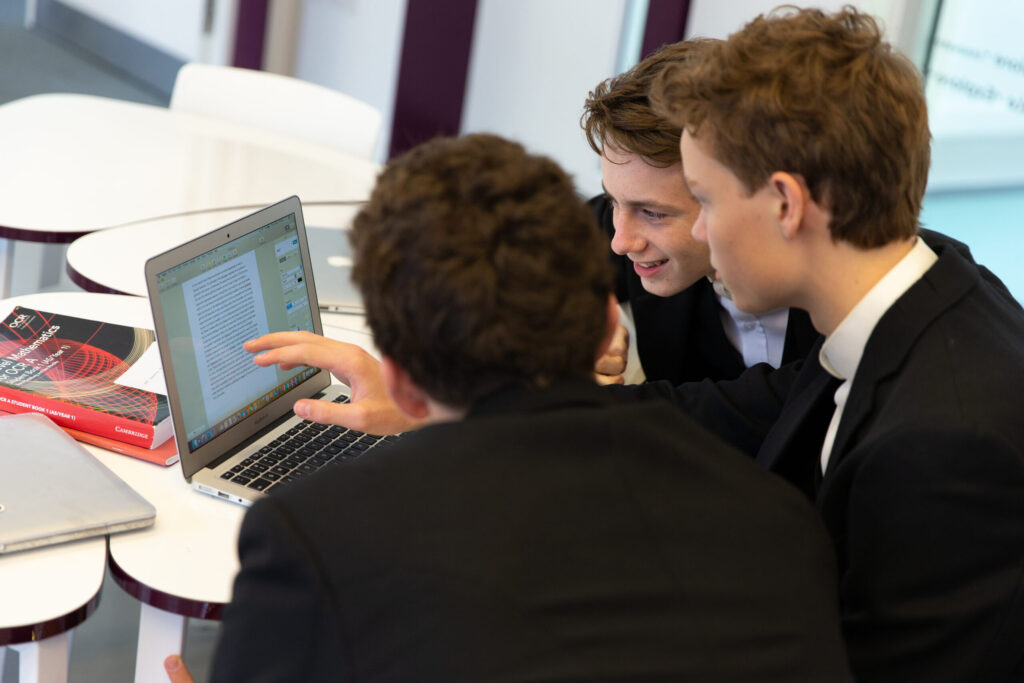Gregory et al. (2013) provide practical applications how to engage students in creative thinking, drawing from research. These guidelines aim to advance students’ creative thinking capabilities.
- Supply students with a wealth of information in specific content areas. If we think about adaptive expertise, providing students with sufficient domain-specific knowledge allows them to apply knowledge flexibly. Give students the ‘big picture’ of what they are learning and help them make connections with other subjects.
- Ask students to offer multiple ideas to an open-ended prompt and remind students to make their solutions as varied as possible. For example, instead of asking ‘What is the best way to reduce pollution in rivers and seas?’ you could say ‘Name as many different solutions as you can think for reducing pollution in rivers and seas’.
- Encourage idea generation by posing questions that have more than one correct response. This way students have to think more broadly about the topic.
- For each potential solution students suggest, ask them to also think about implications and implementation. Students can forecast the effectiveness and implications of their proposed solutions, thus using problem-solving techniques which might be new to them.
- Include group work opportunities when presenting students with multifaceted problems. These might require more complex sets of skills, experience and knowledge. The exchanges which might result from this can bring to mind unexpected ideas and encourage students to come up with even more creative responses or solutions.
- Give students a novel relationship and have them generate items that can exemplify this relationship. Students can get trained at extracting from their own knowledge specific pieces of information that fit novel criteria.
- Provide students with two or more unrelated ideas and ask them to find the relationship between the two. Creative individuals tend to exhibit more flexible cognitive control. In this respect, identification of a novel relationship between seemingly unrelated items requires attention to nuanced, less obvious, or previously unrecognised characteristics of objects or ideas.
- Include external mediators in certain group situations. External mediators can take the form of basic literal guide such as notes or worksheets or more conventional, idealised forms such as a piece of art or a song to help guide time use.
Gregory, E. et al. 2013. Building creative thinking in the classroom: From research to practice. International journal of educational research, 62, 43-50.




